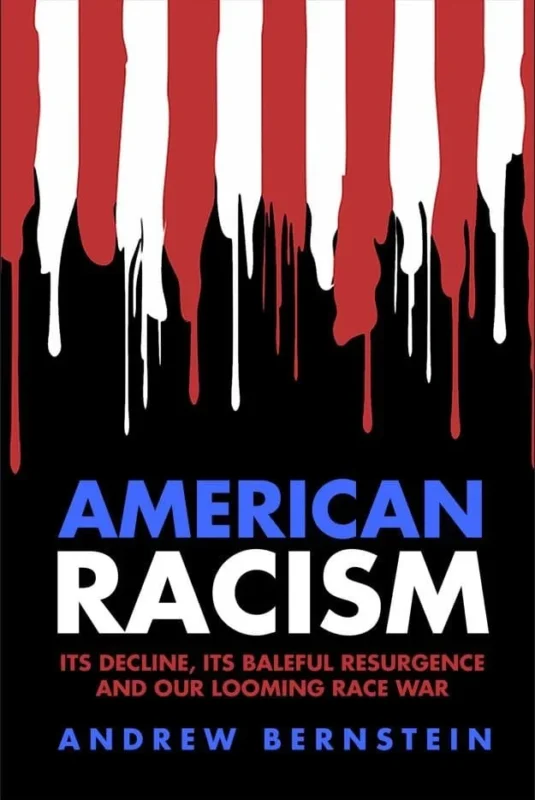When a student at
Back when I taught at UCLA, one morning on my way to my office I saw an attractive and well-dressed young woman lying quietly in the bushes next to the building, apparently asleep. But the presence of police nearby alerted me to the fact that something was wrong. She had jumped from the roof of the building to her death.
When I taught at Cornell, it averaged a suicide a year.
Selecting a college for a young man or young woman to attend is more than a matter of looking up the rankings and seeing where the chances of admission look good. How the atmosphere of the college matches the personality of the individual can mean far more than anything in the college catalogue or the pretty brochures.
Some young people are not yet ready for coed living arrangements and the pressures and dangers that can lead to. Some are at risk on a campus with widespread drug usage. Some students can get very lonely when they just don’t fit in.
Sometimes there is no one to turn to and sometimes the adults they turn to on campus have nothing but psychobabble to offer.
Late adolescence and early adulthood are among the most dangerous times in people’s lives, when one foolish decision can destroy everything for which parents and children have invested time and efforts and hopes for years.
Too many know-it-alls in the high schools and colleges urge or warn parents to get out of the picture and let the child decide where to go and what to do. A high school counselor once told me that I would be “kept informed” of the decisions that she and my daughter were making as to which colleges to apply to.
Apparently there are enough sheep-like parents these days to let “experts” take control of their children at a critical juncture in their lives. But these “experts” suffer no consequences if their bright ideas lead some young person into disaster. It is the parents who will be left to pick up the pieces.
Too often parents are pushed to the sideline in the name of the child’s need for freedom and autonomy. But what is presented to parents as a need to set their children free as young adults is too often in fact abandoning those children to the control of others. The stakes are too high to let that happen.
From the moment a student sets foot on a college campus, a whole apparatus of indoctrination can go into motion, in the name of “orientation,” so as to mold each young mind to politically correct attitudes on everything from sex to “social justice.”
Colleges used to say that their job was to teach the student how to think, not what to think. Today, most colleges are in the business of teaching the student what to think or “feel.”
Many colleges — even many of the most prestigious — lack any real curriculum, but they seldom lack an ideological agenda. Too often they use students as guinea pigs for fashionable notions about how to live their own lives.
As for education, students can go through many colleges selecting courses cafeteria-style, and graduate in complete ignorance of history, science, economics, and many other subjects, even while clutching a costly diploma with a big name on it.
Students who make more astute choices from the cafeteria of courses can still get a good education at the same colleges where their classmates get mush. But seldom is there any curriculum that ensures a good education, even at prestigious colleges.
Parents need to stay involved in the process of choosing a college. They need to visit college campuses before making application decisions — and remember to take their skepticism with them. They also need to ask blunt questions and not take smooth generalities for an answer.
An indispensable guide to the atmosphere on various college campuses, and the presence or absence of a real curriculum, is a 971-page book titled “Choosing the
Among other things, it tells you which colleges have a real curriculum, rather than a cafeteria of courses, as well as the kind of atmosphere each campus has. The latter is always important and sometimes can even be a matter of life and death.










